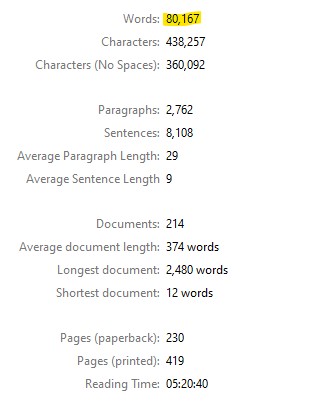What follows is weeks, months, a year, more (in the case of this book) of painting, resketching, more painting, more research, resketching, painting. This is when the UnusedFragments folder comes into play.
painting: public domain
image: Creative Commons CC0 1.0 Universal Public Domain Dedication
Whenever I tinker with a scene, I have Scrivener Duplicate it first and work on the duplicate. Then I move the previous version to the UnusedFragments directory.
Scrivener adds an incremental number suffix to the scene name when you Duplicate. So, what I end up with is an archive of all the versions of every scene. For a project like Food, this directory is getting ridiculously large. I might rethink this for the next book.
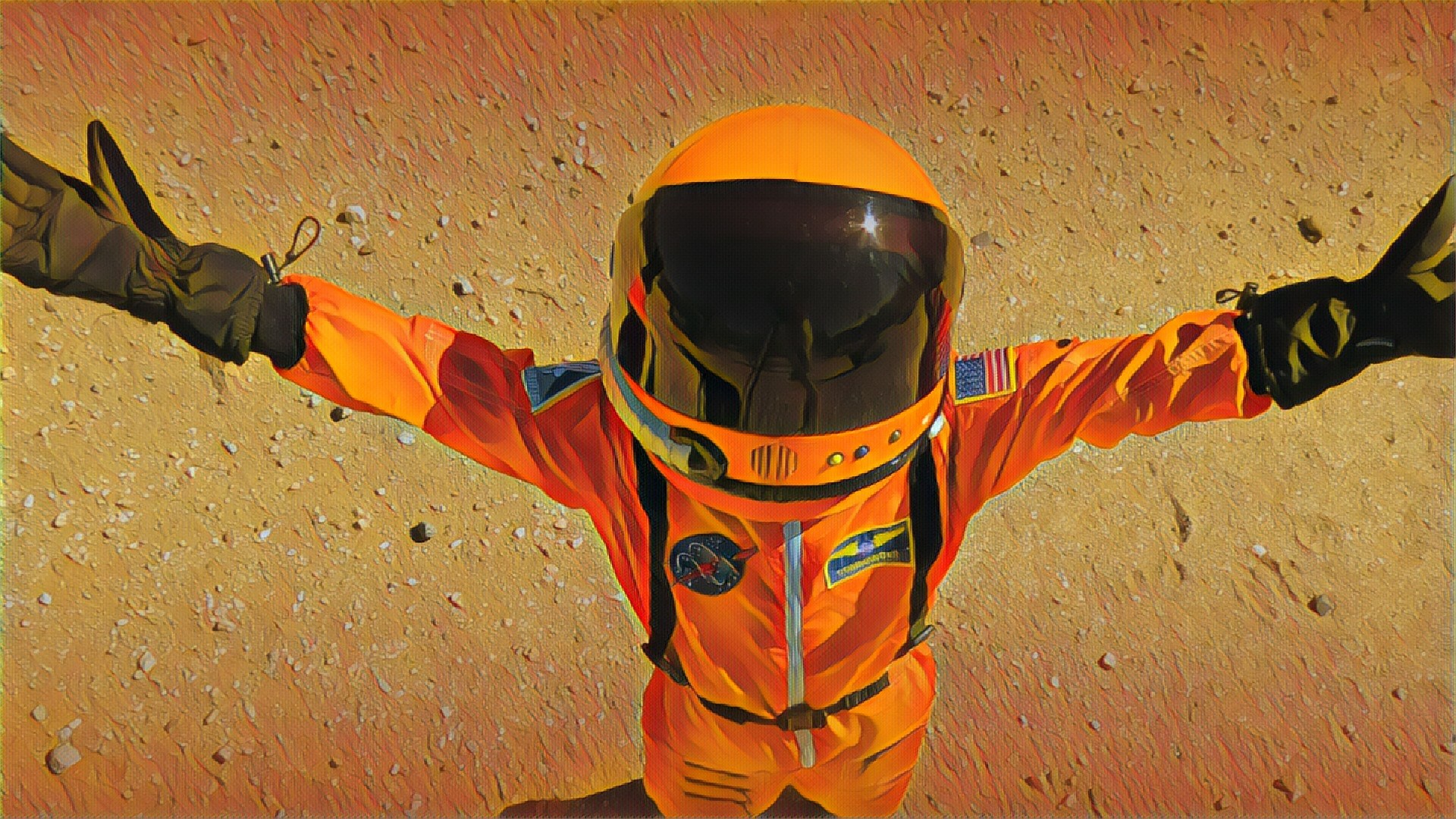

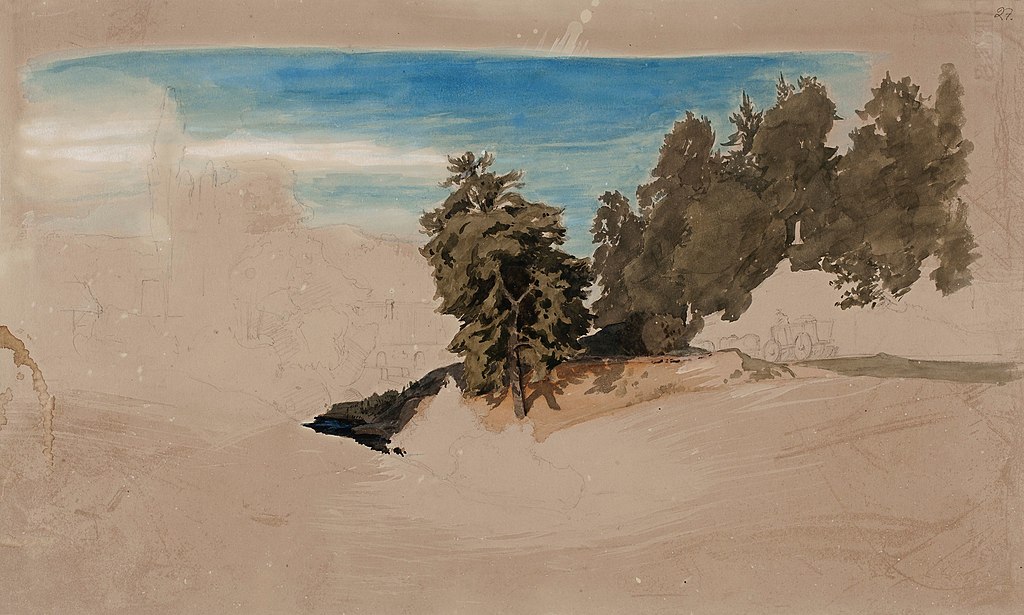

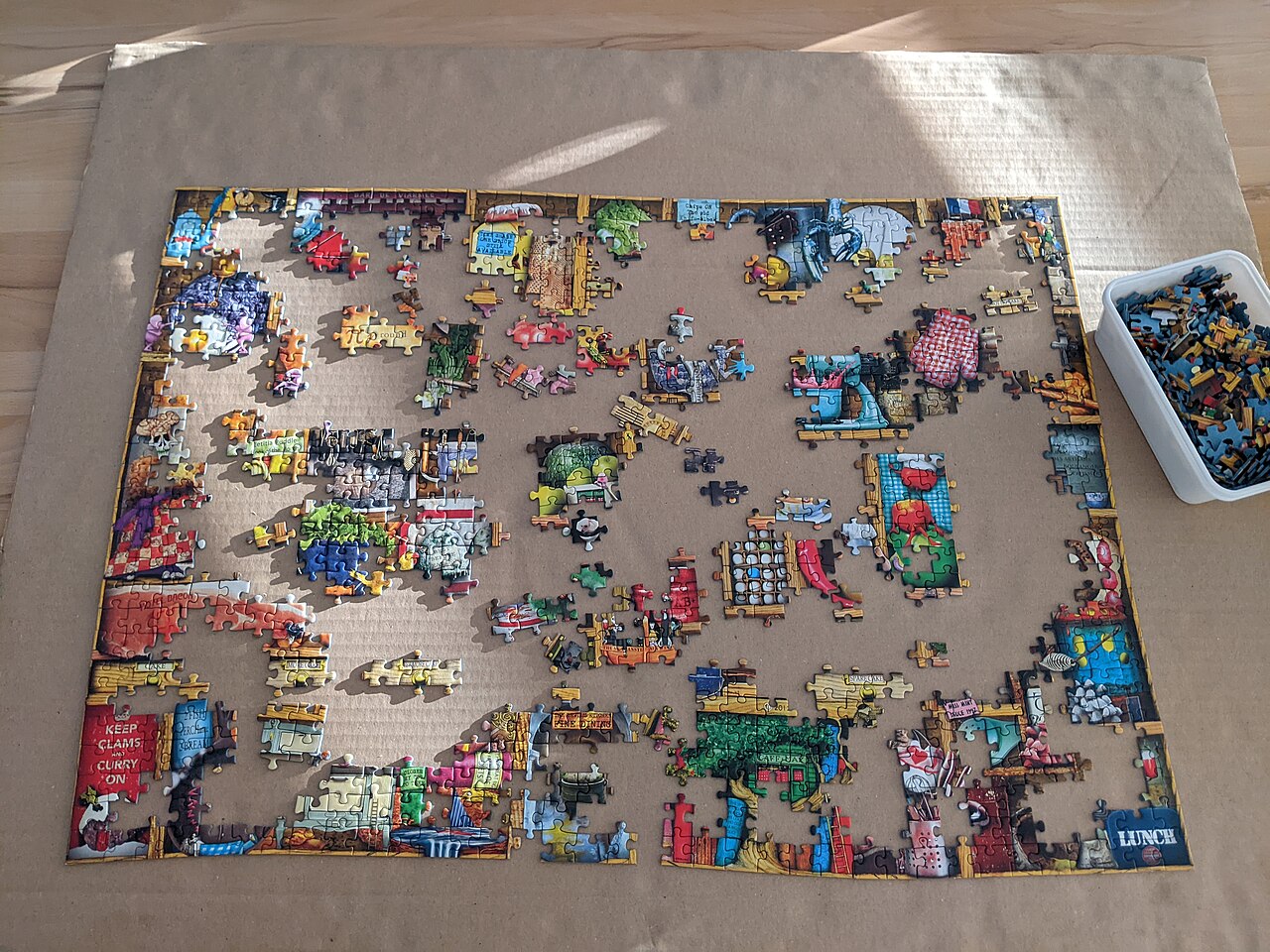

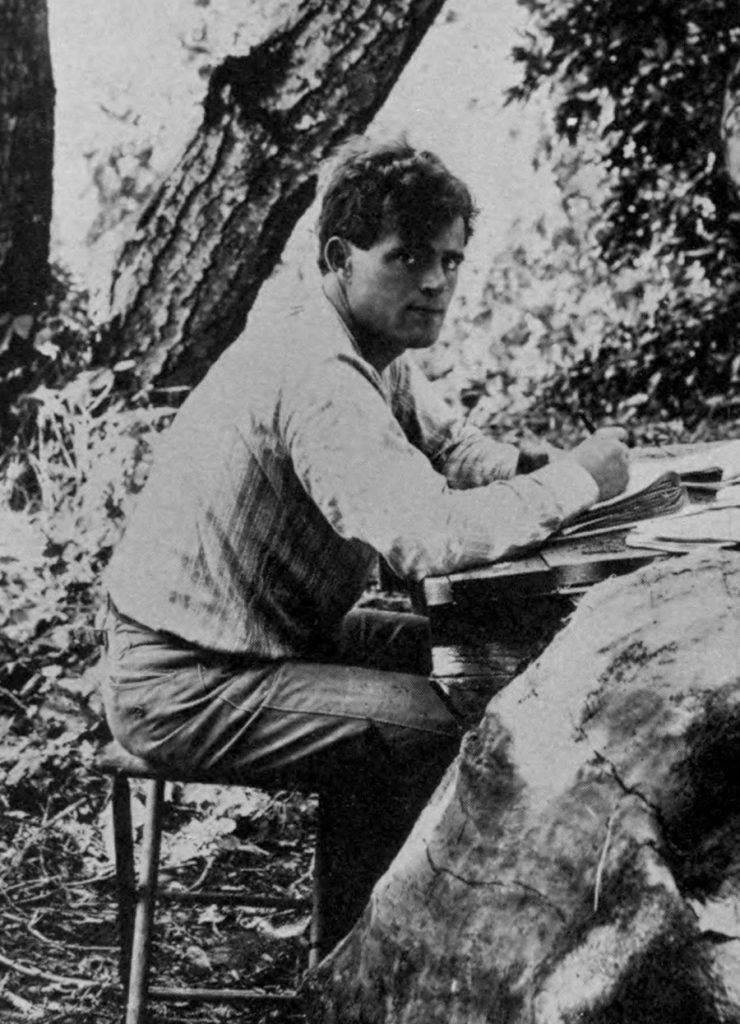



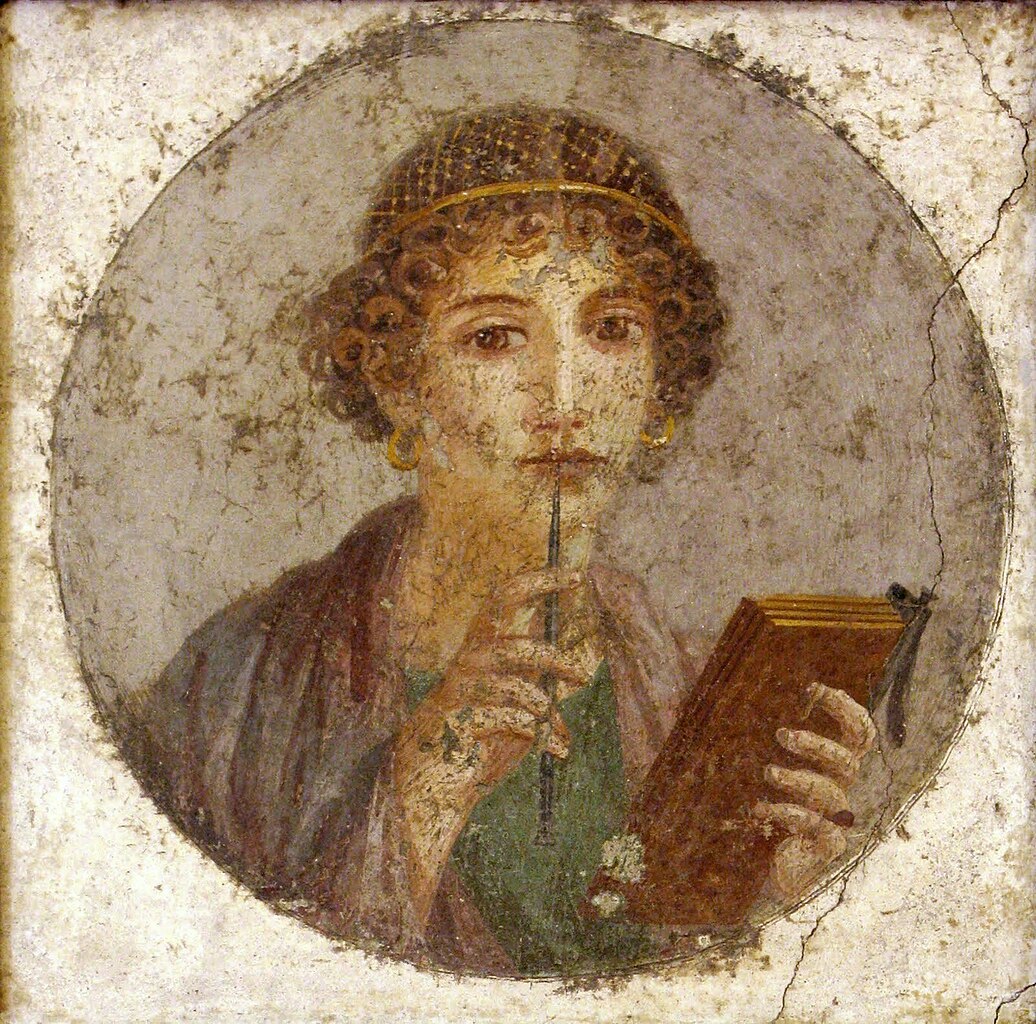
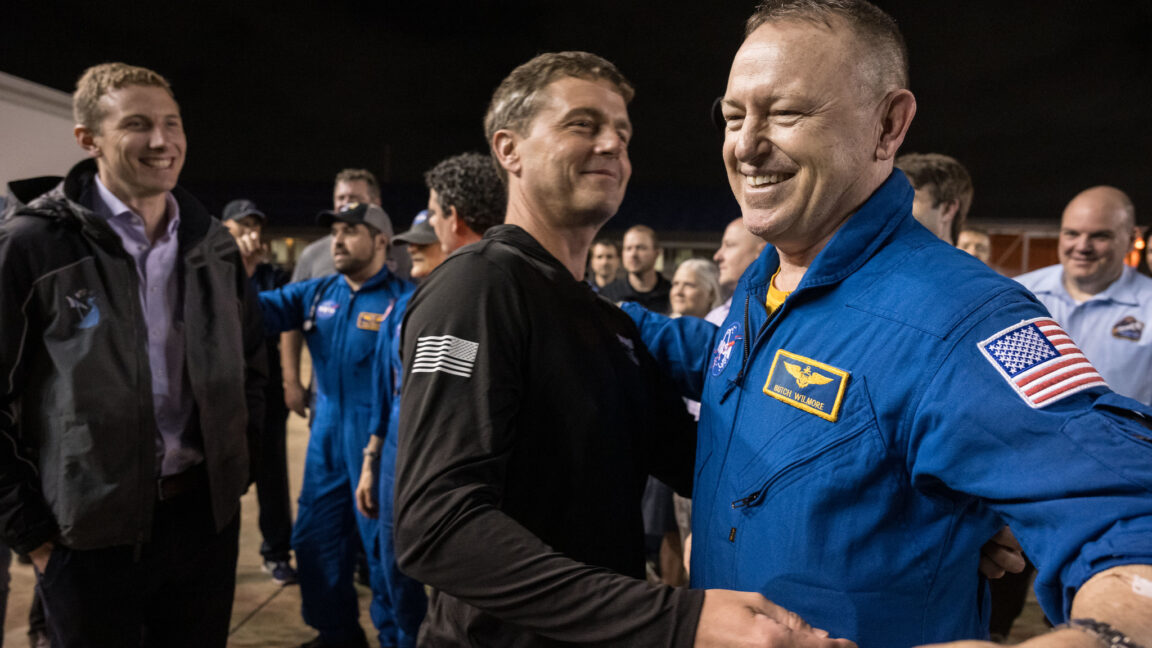
 Ars Technica
Ars Technica 